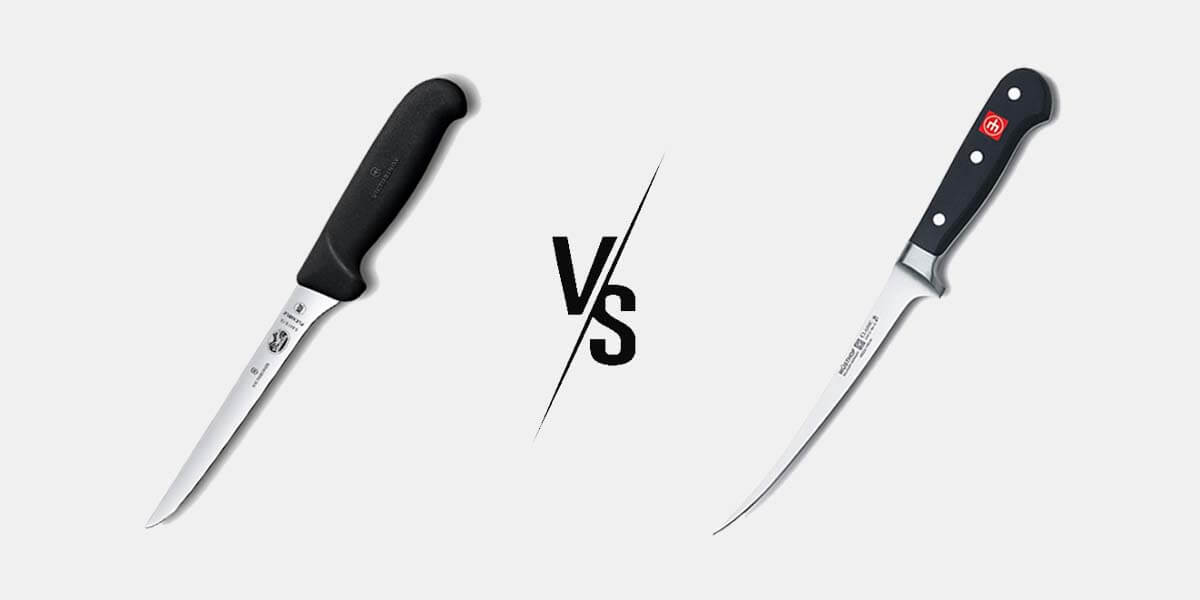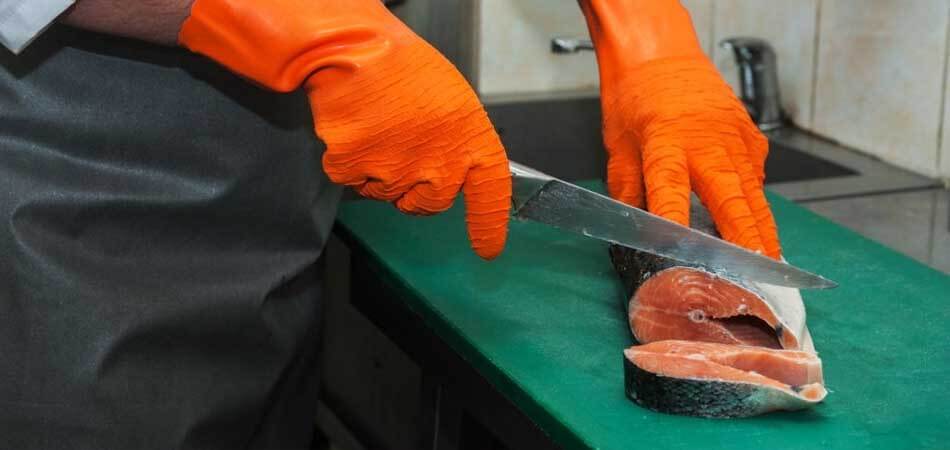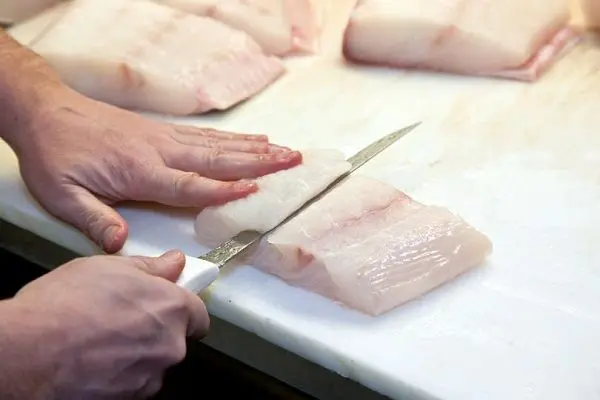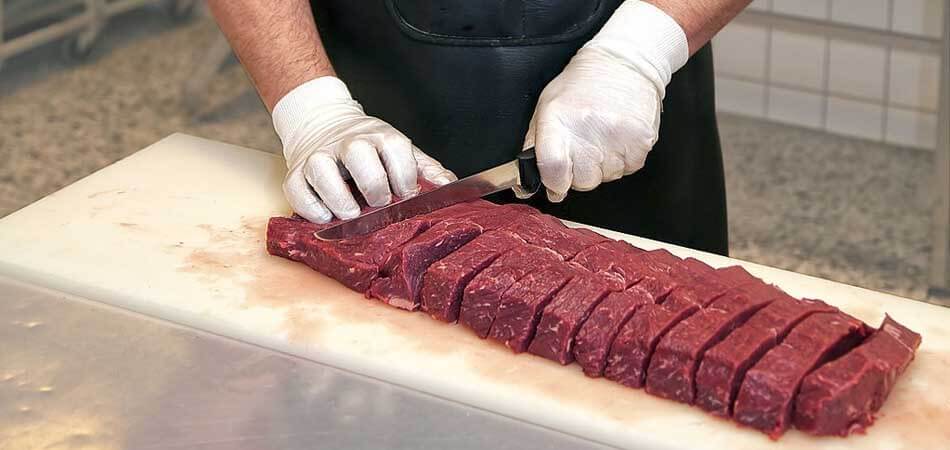Deboning vs. filleting: what's the difference?

If you want to make a delicious supper for your family, friends, or that particular someone, you may need to go through the procedure of cooking raw meat. We’re not talking about seasoning and marinating it; we’re talking about the possibility of having to fillet or debone the protein before cooking it.
However, suppose you’ve never had to go through these procedures before. In that case, you may be asking what the primary distinctions are between the two preparation methods. Fortunately, if you’re thinking the same thing, the information below may be able to assist you in grasping the distinctions. So, without further ado, here’s what we’ve got:
Difference No. 1: The Name Speaks for Itself
Of course, the most noticeable distinction is the way the meat is prepared. For example, when you debone a chicken, you’re effectively removing all of the bones from it, regardless of what component you’re planning to prepare. Fileting chicken, on the other hand, would include slicing it, deboning it, and then cutting it into thin slices.
When it comes to deboning protein, the procedure is simple:
- Set the protein on a cutting board.
- Wipe away any excess moisture with paper towels.
- Grab your blade.
- Identify the bone.
- Carefully remove it from the flesh.
Of course, it will take time for you to improve your talents, but it usually is easier.
On the other hand, fileting is more complicated and time-consuming since you must first remove the connective tissues, membranes from the top of the flesh, any extra or hanging fat, and then slice a piece that is 8 to 10 centimeters thick.
Difference No. 3: The Knives Are Different
Another difference between the two methods is the knife you can use. You’ll need specialist blades for fileting, all of which have long, flexible, and thin edges. This property is what makes it possible to readily detach the skin, membranes, and fat from the protein.
A boning knife resembles the aforementioned one in appearance, mainly because it has long and thin blades. However, the blades are more solid and durable, allowing you to effortlessly extract the bones from the skin you’re working on. This means you won’t have to put in much effort to get the bones out.
Difference 04: Deboning Is Applied To Tougher Meats

If you wish to cook some fish, keep in mind that the meat will be tender. As a result, if you use too much pressure when cutting it, you risk cutting it incorrectly and damaging and bending your blade. It implies you should only concentrate on softer proteins.
When deboning, on the other hand, you may use greater power, which means you won’t have to worry about harming the handle or blade. It means you won’t have to worry about how much pressure you apply to the protein or the blade, mainly because more challenging proteins like beef will let you apply more force.
Difference 05: With a Filet Knife, the Cuts Are Cleaner
Yes, you can work on fish with a boning blade; but, because the blades aren’t as flexible as the other alternative, you can wind up making some cuts that aren’t as pleasing. Because these blades are designed for more rigid tissue, you won’t be able to make clean, precise cuts with them.
Since a filet knife has a curve, you won’t have to worry about the look of the item when you’re working on it, and you’ll be able to produce long, tidy, and steady slices. Keep in mind that you shouldn’t use this knife to cut more muscular fibers since you can damage them.
A Few Points to Remember

Before we wrap up this post, there are a few pointers worth noting, mainly because they’ll help you accomplish both operations correctly and efficiently. Still, some of them will also keep you safe. The following are some of the things you should keep in mind for both preparation techniques:
The Knife Must Be Sharp - If you have a new knife, you may skip to the following advice, but if you don’t, you should verify that it is sharpened. If you do, you’ll be able to make cleaner cuts, which will make the meat you’re cooking seem more appetizing.
Keep Your Fingers Safe - Regardless of what you need to accomplish, one of the most crucial things you can do is not rush the process. Because the blades will be razor-sharp, you must proceed with caution. It will prevent your hand from sliding and hurting yourself.
Stabilize The Piece at All Times – Whether you’re left- or right-handed, you must always use your non-cutting hand to stabilize the item you’re working on. It will not only keep you and your hands safe, but it will also help you to make cleaner and neater cuts, which will undoubtedly result in superior outcomes in the end.
Use Sawing Motions When Working With Harder Fibers — When working with more extensive and stricter chunks of protein, such as beef or pig, you should use sawing motions since there are more fibers to remove
Utilize Gliding Motions For Sensitive Fibers — When working with tender meats like chicken or fish, you can’t use sawing motions since the protein will become mushy. Instead, when filleting or deboning fragile protein, use gliding motions — lengthy slices – to keep the form intact.
Conclusion
There are several distinctions between deboning and filleting meat. Filleting requires a smaller knife that can only be used on more fragile fibers like fish. Still, deboning allows you to use a stiffer blade that can be used to prepare more rigid fibers like beef.
So, now that you know the differences between the two techniques of preparation and what tools you could require, you shouldn’t waste any more time. Instead, decide what type of meat you’ll be cooking and then search online and in stores for a knife that will meet your demands.












